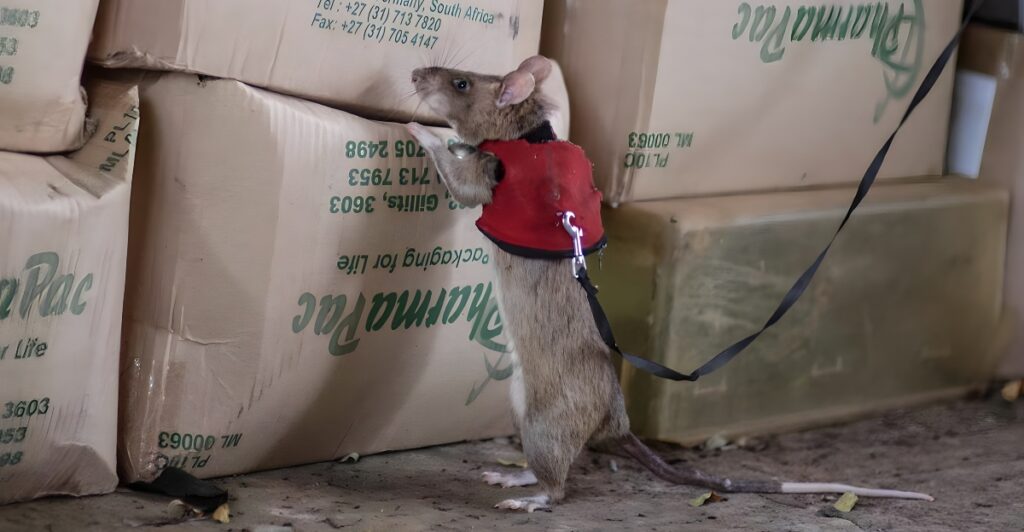
African giant pouched rats are now playing a critical role in the fight against illegal wildlife trafficking. These large rats, known for their remarkable sense of smell, have been trained to detect the scent of trafficked wildlife products like elephant tusks, rhino horns, pangolin scales, and African blackwood. These species are threatened by poaching and illegal trade, and these specially trained rats may be able to help protect them.
The Unusual Heroes
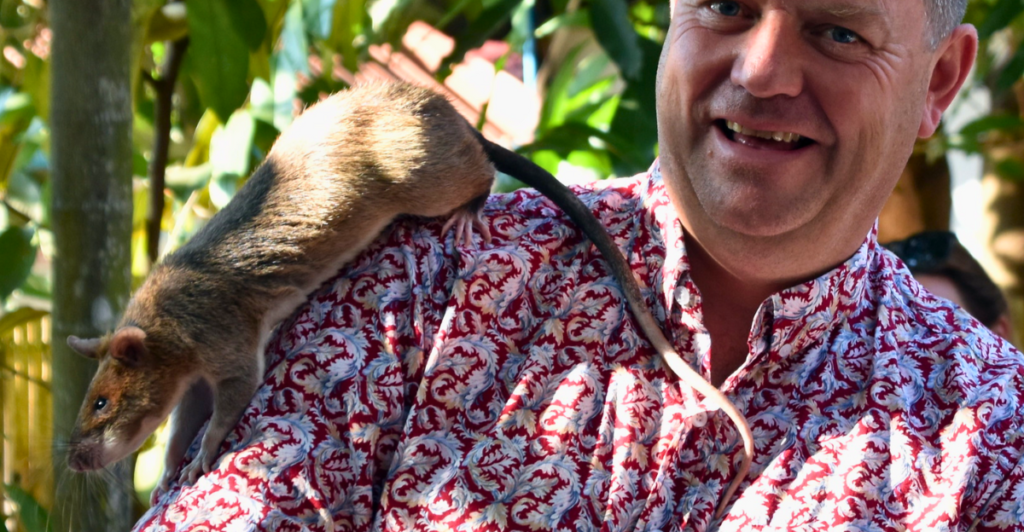
Weighing up to nine pounds and measuring 35 inches long, African giant pouched rats are not only large but incredibly agile. While they’re considered an invasive species in Florida, these rats have shown incredible promise in conservation efforts. Previously, these rats were trained to detect explosives, but now they’re being trained to identify illegal animal products, which could make a significant difference in stopping wildlife traffickers.
Training for a Critical Mission
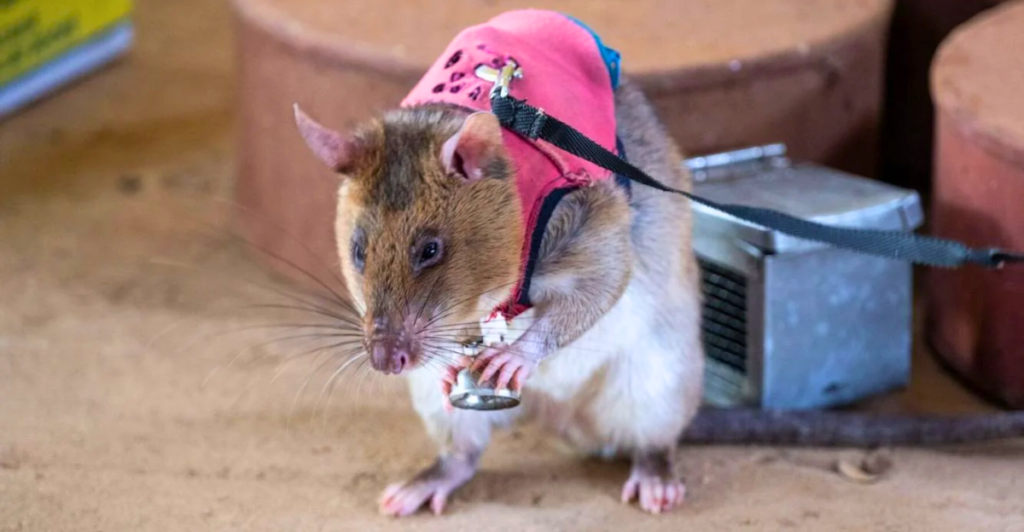
The training process at APOPO, a non-profit organization in Tanzania, is rigorous. Researchers work with the rats to teach them how to detect the scents of wildlife products. In the initial training stages, the rats are taught to hold their noses to a hole where the scent of the target material is placed. If the rat does this correctly, it receives a reward in the form of flavored rodent pellets. This tactic helps them learn and remember the target scents.
Outsmarting Smugglers
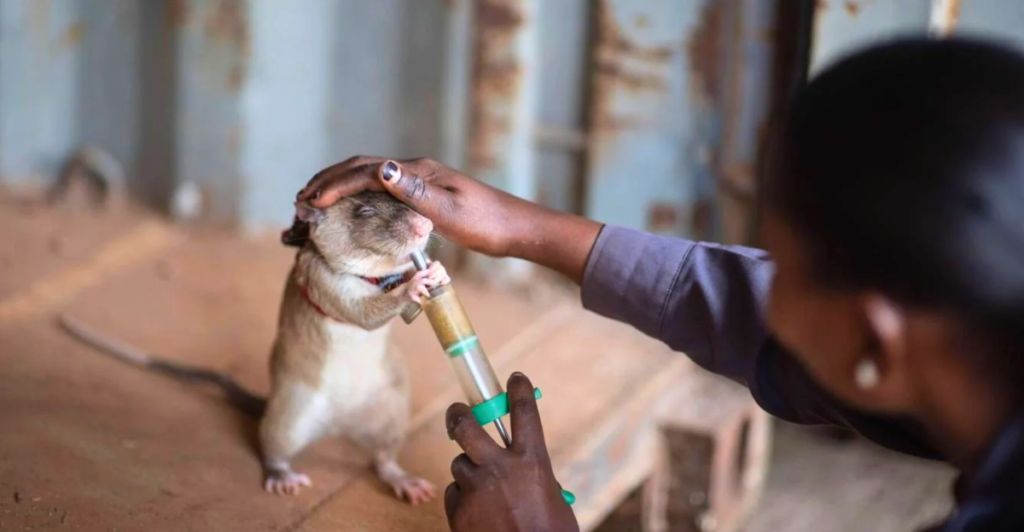
To make sure the rats can effectively detect trafficked wildlife, researchers exposed them to various distracting smells like coffee beans, laundry detergent, and electric cables. These are substances that wildlife smugglers might use to mask the scent of illegal goods. The rats quickly learned how to single out the target scents, even when surrounded by these other, competing odors. This ability will be crucial when they are deployed in real-world scenarios, where traffickers often try to hide their contraband.
Remarkable Memory Skills
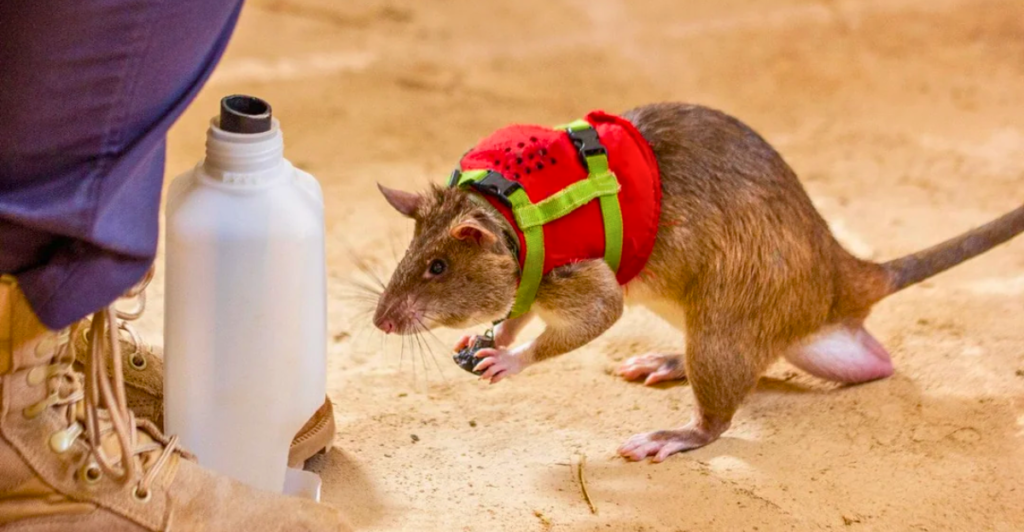
The rats’ memory is another key feature that makes them exceptional at scent detection. Even after months without being exposed to the target scents, the rats were able to recognize and remember the smells perfectly. Researchers were amazed by their retention, as it resembled the scent memory of dogs, who are often used for similar detection tasks, such as sniffing out explosives. This exceptional memory will allow the rats to remain effective, even if they haven’t encountered a target scent for a while.
Going Where Dogs Can’t
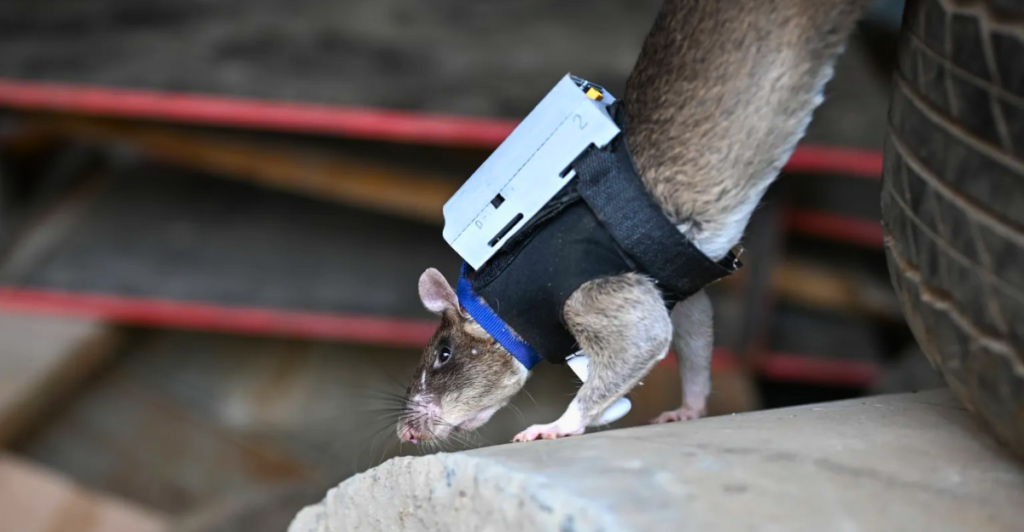
One significant advantage that rats have over traditional scent-detection dogs is their ability to access hard-to-reach areas. While dogs are excellent at what they do, they are often limited by space and size. Rats, however, can squeeze into tight, cramped areas, such as packed shipping containers, ventilation systems, or other confined spaces. This makes them invaluable when it comes to screening cargo in places where larger animals or humans cannot easily reach.
How They Signal a Find
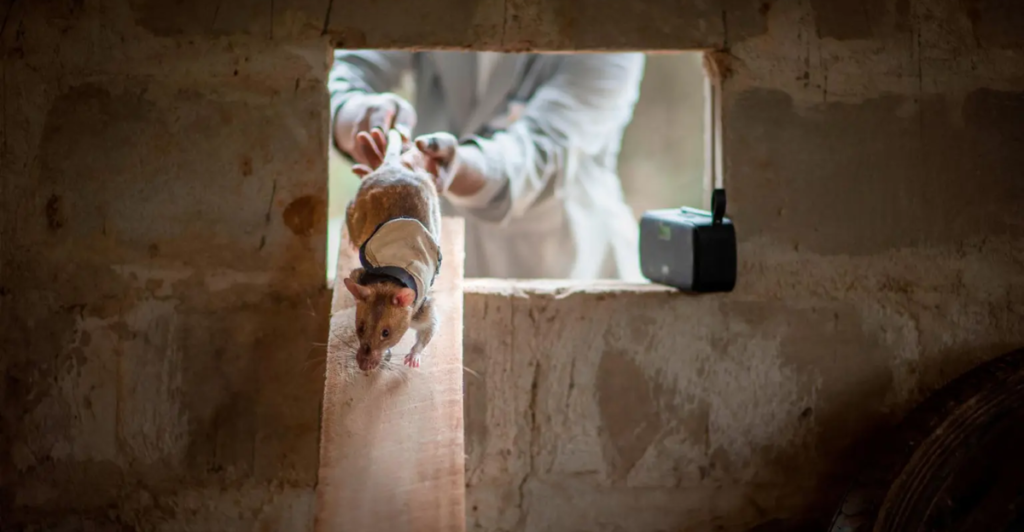
To communicate with their handlers, the rats are outfitted with small vests that hold a ball. When the rats detect a target scent, they pull on the ball, which emits a beeping sound. This beeping alerts their handlers to the discovery, ensuring that the rats can indicate their findings in a clear, effective way. The system’s purpose is for the rats’ findings to be noticed and acted upon immediately, even in a busy, high-stakes environment like a port.
Real-Life Application
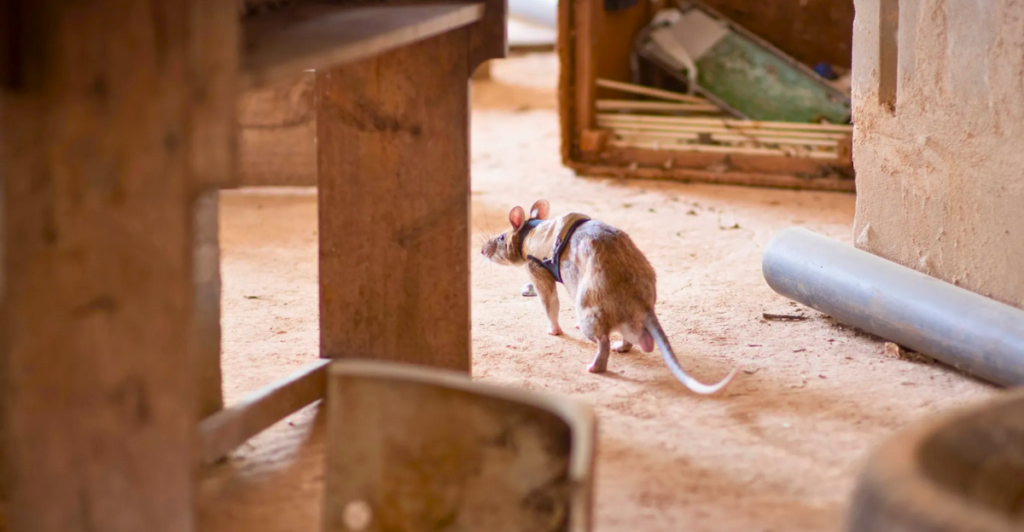
The next step for these trained rats is real-world deployment. Researchers are working on adapting the rats for use in ports, where wildlife smugglers often try to traffic illegal goods. By using their small size and impressive scent-detection abilities, the rats can assist in screening cargo and identifying smuggled animal parts. With their cost-effective, efficient methods, the rats could become a valuable tool in global efforts to combat wildlife trafficking.
Limitations of the Study
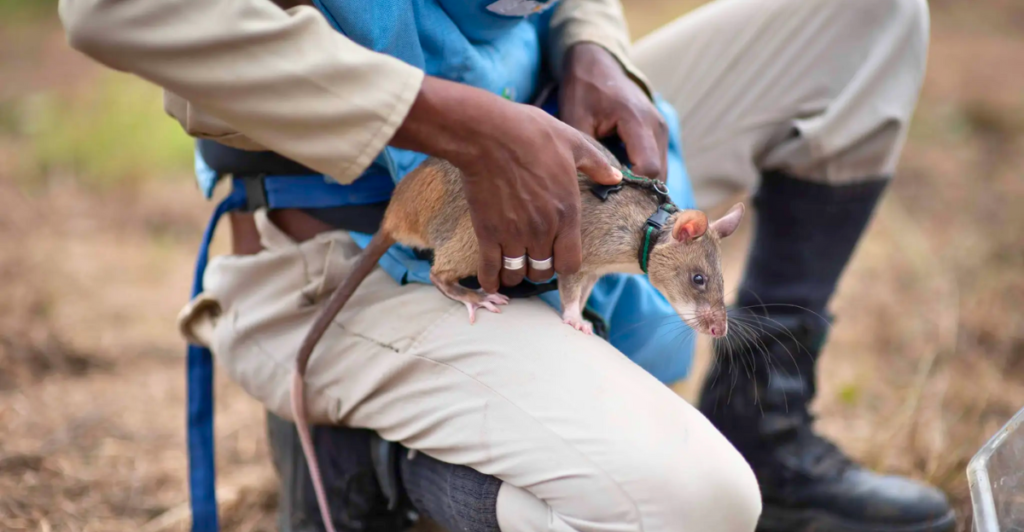
While the rats have shown great potential in controlled environments, there are limitations to the study. The research was conducted in conditions that do not fully mirror the chaos and unpredictability of real-world trafficking environments. Researchers acknowledge that new techniques and strategies need to be developed so the rats can work under more complex and variable circumstances. However, the preliminary results are promising, and researchers are optimistic about the future.
A Global Wildlife Crisis
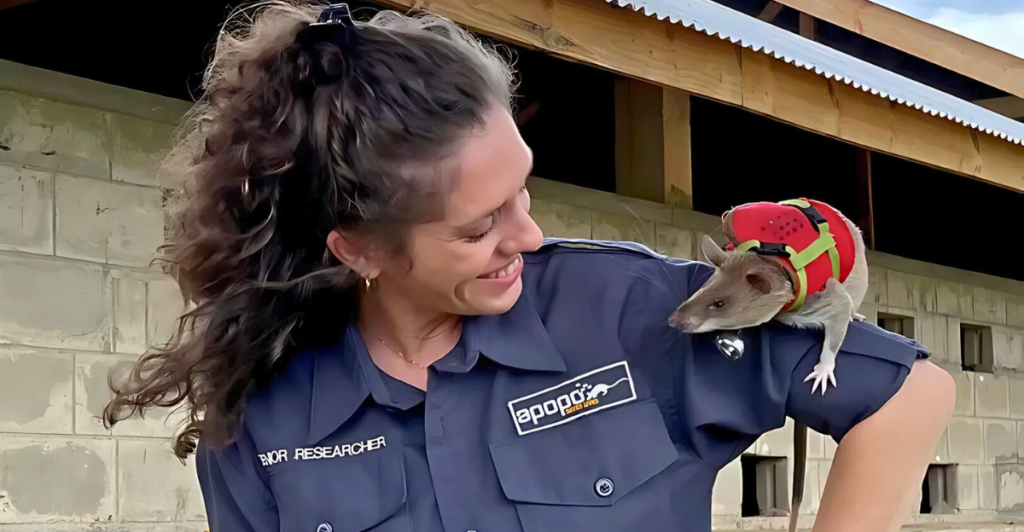
Wildlife trafficking is a global issue, affecting over 4,000 species. Many of these species are critically endangered, making illegal trade one of the top threats to biodiversity. The United Nations reports that nearly 6,000 species were seized from traffickers between 1999 and 2018. With wildlife populations declining rapidly, efforts to combat illegal trafficking are more important than ever. Trained rats could help make a real difference in this ongoing crisis.
A Lucrative but Devastating Trade

The illegal wildlife trade is not only devastating for animal populations but is also a highly lucrative industry. Illicit wildlife trafficking is estimated to generate between $7.8 billion and $10 billion annually. Additionally, the illegal timber trade, including trafficking in endangered plant species like African blackwood, adds another $7 billion to this illegal economy. The scale and profitability of this trade make it a serious issue that needs innovative solutions.
Cost-Effective Conservation Tools
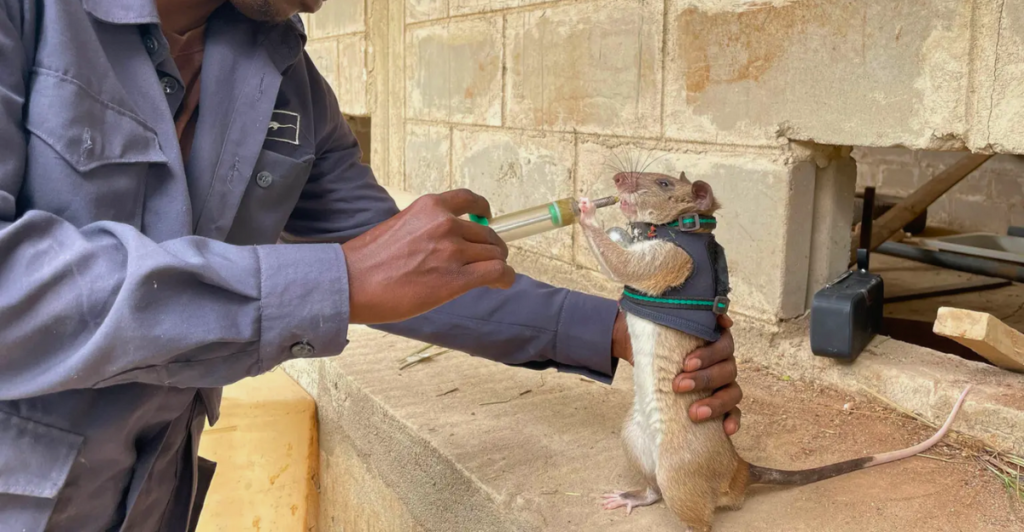
One of the primary benefits of using rats for wildlife detection is their cost-effectiveness. Current screening methods are often expensive and time-consuming, but rats offer a more affordable solution. With their ability to detect scents quickly and access hard-to-reach areas, rats provide a low-cost alternative that could increase the accuracy of cargo screening. Dr. Isabelle Szott from the Okeanos Foundation emphasized how important this cost-efficiency is in addressing the growing problem of wildlife trafficking.
A Promising Future
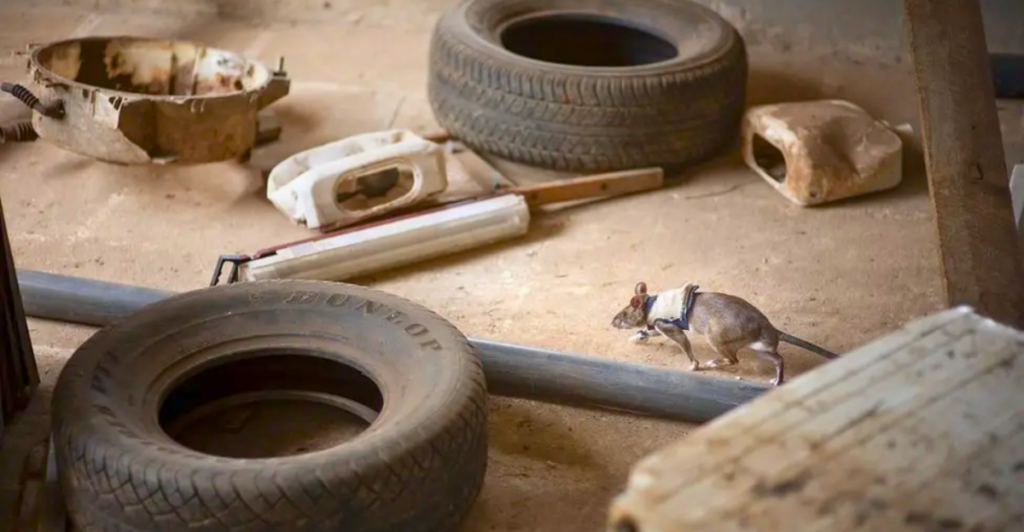
The success of these trained rats represents a step forward in the fight against illegal wildlife trade. With further development and real-world testing, these rats could become key players in global efforts to protect endangered species. As researchers continue to refine their training methods and deploy these trained rats in ports and other trafficking hubs, we may see a new era of conservation, driven by these small but mighty creatures.
References:
Rats With Tiny Backpacks Being Used to Sniff Out Wildlife Smugglers Trafficking in Animal Parts
Researchers have a new tool to fight illegal wildlife trading – giant rats!
Stay connected with us for more stories like this! Follow us to get the latest updates or hit the Follow button at the top of this article, and let us know what you think by leaving your feedback below. We’d love to hear from you!







